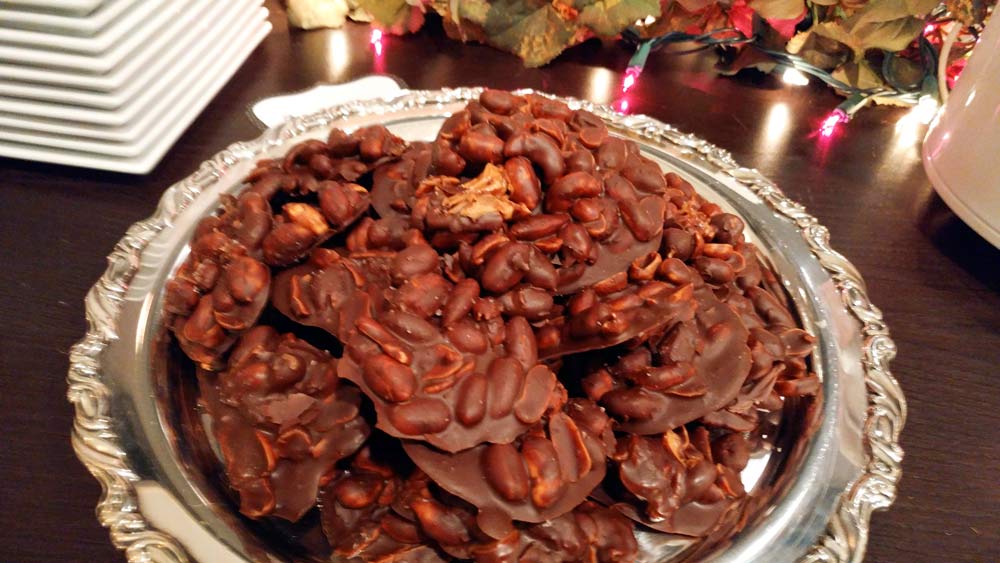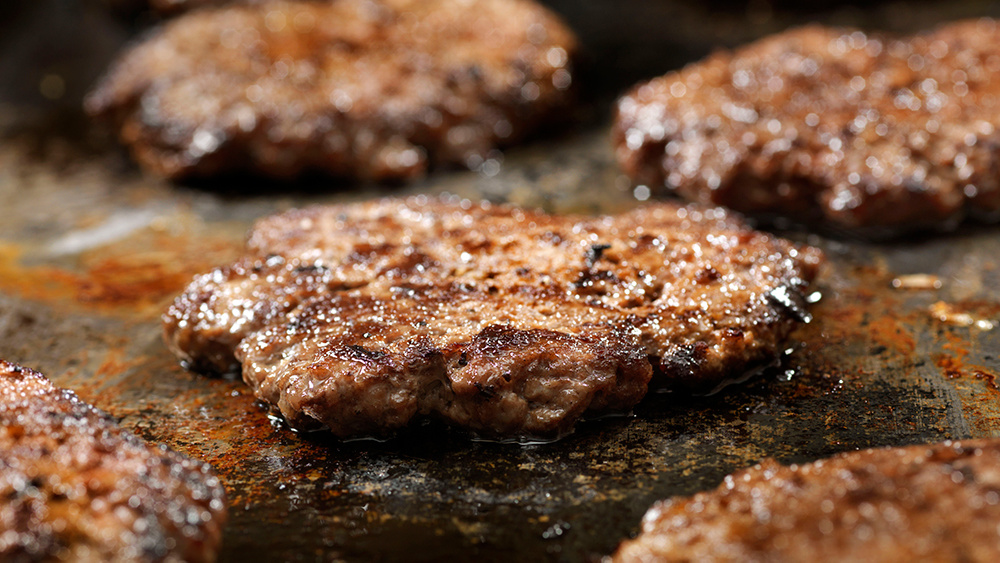Tattoo Visits the Vet

 Add to favorites
Add to favorites
While traveling in Chattanooga it became apparent that our cat Tattoo needed to see a vet. She was limping and obviously in pain.
I found a holistic vet online and it wasn’t far away. I made an appointment.
The whole thing was such a beautiful experience I thought I’d tell you about it.
From the get-go, this place was different. I was shown to an exam room that had no sterile, steel exam table. There were two chairs for humans, a big pillow on the floor for my cat to curl up on and a big, cushy mat. The mat was like the ones used in kitchens for chefs who stand all day. The lights were dimmed.
Every person who came into the room sat on the floor. Whether I was being interviewed by an assistant or when the vet came in to see Tattoo, they all went down on pet level. They did the exam while kneeling on that mat. They determined that Tattoo has a strained ligament in her leg.
They recommended a series of cold laser applications. I had never heard of this before. Turns out it’s used with professional athletes when they strain something.
The cart was wheeled into the room. No taking Tattoo away from me to somewhere scary.
We all donned protective goggles and the laser was turned on. It looked like a hair dryer with red light emitting from the end. It wasn’t hot. They just pointed it at Tattoo’s leg and it did its job. They then decided to laser her hips too because they figured she was sore from walking crooked and favoring her right leg. Tattoo sat quietly while they did the procedure. One vet tech stroked her back and shoulders while she sat on the big pillow and purred. We were done in less than five minutes.
The next day Tattoo was like a new kitty. She no longer limped. She walked straight. She cuddled instead of hiding under the bed in pain. She was downright perky!
The process of repair takes time, so she is getting treatments every few days while we are here. They are not expensive, and it feels more like Tattoo is going to the spa for a massage than a vet appointment.
Another thing happened after I left. I got home and looked over my bill. At the end of the numbers section was a whole treatise on how to feed your pet.
I didn’t ask for this bonus material. It just came with the bill.
Since so many of us treat our pets like family I thought you’d like to hear what they recommended. Since I’m a food writer I thought I could get away with talking about pet food, too. So here’s most of what they gave me for recommendations.
Enjoy!
Cheers,

Important Facts About Your Pet’s Diet
Did you know that 40% of dogs and 50% of cats are obese and 46% of dogs and 39% of cats now die of cancer? Heart, kidney and liver disease are epidemic. Like people, pets are what they eat. Save your pet a lot of suffering, and save yourself a fortune in vet bills, by learning the truth about your cat/dog’s diet. Here are some important things you may not know about what your pet is eating:
Commercial dog or cat food is “fast food.”
Heavily-processed fast foods (burgers, fries, tacos, etc.) as a big diet component can cause major health problems in people. How can fast foods be good for dogs/cats? Only pet food manufacturers think this nonsense makes sense. What we’re doing to our own health with processed foods, we’re also doing to our pets. And it’s happening faster.
“Complete and balanced” does not mean “optimum.”
“Complete and balanced” means that ingredient levels meets minimal theoretical health requirements for the average dog/cat. Food companies boasting that they conducted Feeding Trials often just test only the lead products in a line of foods. Trials, too, are only done on a small number of dogs for a short period of time. Over time, nutrient and enzyme deficiencies are inevitable. Of course, complete and balanced is better than not complete and balanced, but again, better does not mean optimal or species appropriate.
The quality of processed commercial foods is poor and inadequate.
Pet food may legally contain “4-D” meat: meat from dead, dying, diseased and disabled animals. Add a little road kill, mill floor sweepings labeled as grain, and corn contaminated with high levels of pesticide (yes, really) and you have a recipe for ill health. The cheaper the food, the cheaper the ingredients, the worse the nutrition. Read the labels!
People food IS good for dogs.
Despite what you’ve heard from friends, vets and pet food manufacturers, wholesome “people food” is good for dogs. People food is only bad for dog food makers. The same fresh, nutritious foods people eat can offer your dog the nutrition he needs and save you a mountain of vet bills. It just takes a little education to learn the small differences between human and canine nutritional needs. (Hint: no onions, grapes or raisins. No rich spices or sauces. Go easy on carbohydrates and avoid wheat and corn.)
Kibble is NOT better than canned.
Whereas canned food is preserved by the process of canning, most kibble is preserved artificially. (Ever contemplate how much preservative must be required to retard spoilage of food left out all day?) Kibble begins as a dry cooked meal whereas canned food is canned fresh. Kibble is exposed to much more heat than canned (destroying nutrients). Worse yet, kibble is linked to kidney and bladder problems in cats, and to bloat, a deadly problem especially for large, broad-chested dogs. It’s also dehydrating. Of course, canned isn’t the ideal either.
Fresh is best, raw or cooked. Next best is frozen prepared food and then dehydrated and freeze dried foods, all available at better pet stores.
Feeding the same food day after day limits nutrition.
Imagine eating corn, rancid fat and chicken wings (without meat) every meal of your life, with the same mix of cheap vitamins and minerals added. Nutritionists urge people to eat a variety of foods, both for improved nutrition and also to prevent allergies. Our pets need variety, too. But variety can cause gastrointestinal upset in dogs, right? In the short run, yes. Nutritionally-deprived animals have sick guts. In fact, intestinal upset when switching foods is a sign your dog needs more variety. Once good nutrition has healed a dog’s digestive system, the dog can eat different foods every meal – just as people do. Just switch foods gradually over several weeks while your dog’s gut heals.
Kibble does not clean teeth (just like a hard cookie doesn’t clean ours!)
Almost all pets age three and over have dental diseases. Most of them eat kibble. That should tell you something. Although one small study posed the idea that kibble might clean teeth better than canned food, bacteria in the mouth live off the high carbohydrates in kibble. Hoping to avoid brushing our dog’s teeth, we too willingly grasp at kibble’s unsubstantiated health benefits. But pretending that kibble or hard treats will keep teeth clean will only lead to huge vet bills, lost teeth and much suffering.
Some common foods can be hazardous to canine health.
COOKED bones and rawhide chews can cause major health problems requiring emergency surgery. Wheat-based treats can bring on allergies. Onions, grapes, raisins, chocolate, the article sweetener Xylitol and other common foods can be toxic for dogs and must be avoided.
What to look for: Whole fresh meats or single source meat meal. A whole meat source as 2 of the first 3 ingredients. Whole unprocessed grains and vegetables. What to avoid: Food fragments – ingredients in several forms making up the majority of the diet. Meat by-products. Generic fats or proteins. Artificial preservatives. Artificial colors. Propylene glycol and sweeteners.
Wet Foods
We have listed our preference of canned foods below. All of these diets are of good quality and far superior to most other products on the market. This is not an all inclusive list and there may be foods of good quality that are not listed so remember to read your ingredient labels and compare to the ingredients of the foods below if you suspect you may have found a food for your pet that is not on our list.
Keep in mind that some food manufactures have a wide variety of foods in many different recipes and some are of far superior quality over others and the price ranges can vary wildly. Be sure to choose the highest quality food that you can afford for your pet.
- Merrick (Back Country only)
- Weruva
- Zignature
- Dave’s (95% varieties only)
- Lotus
- Pet Tao
- Koha
- Tiki
- Dogswell
- Nulo
- Wild Calling (Grain Free)
- Wellness Core
- Pinnacle
- Earthborn Holistic
- Nature’s Variety Instinct (LID only)
- Canidae (Grain Free Pure only)
- 4 Health (Grain Free only)
Please remember that all diets are not appropriate for all animals and it may take a few trials to get the best one for your pet. It is also necessary to take in to consideration any allergies your pet may have.
Dark Chocolate Peanut Clusters
These are delightfully decadent treats.
Nothing found.
Smash Burgers
Recipes,ZS-5 Ingredients or Less,ZReboot,Featured Posts,ZSpecialties
Smash burgers are all the rage. Step into a brew pub and you’ll likely find a smash burger on the food menu. These are NOT the huge, 8oz burgers we’ve been fed in the past. These are a thinner burger…
Nothing found.
Chives
My chives were the first thing to come up in my herb garden every year. As soon as the snow melted I could see their little heads popping up through the soil. By the time it was warm enough to…
Potatoes and the Glycemic Index
Zola Blog,Carbohydrates,Featured Posts
Enjoy potatoes in moderation and use these hints to make healthier choices.






